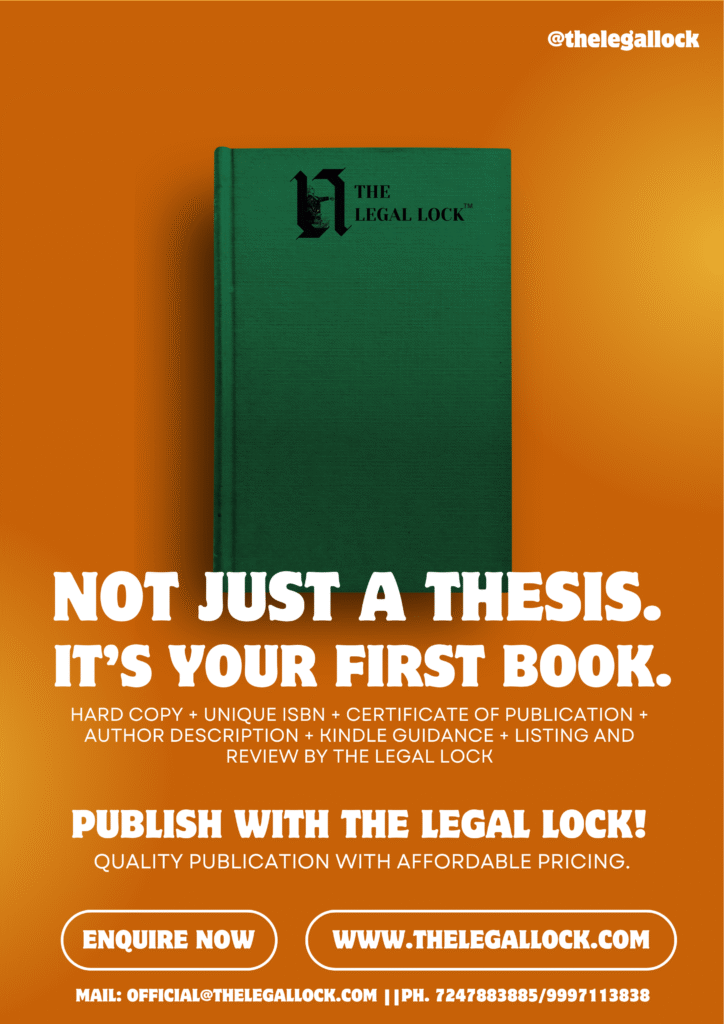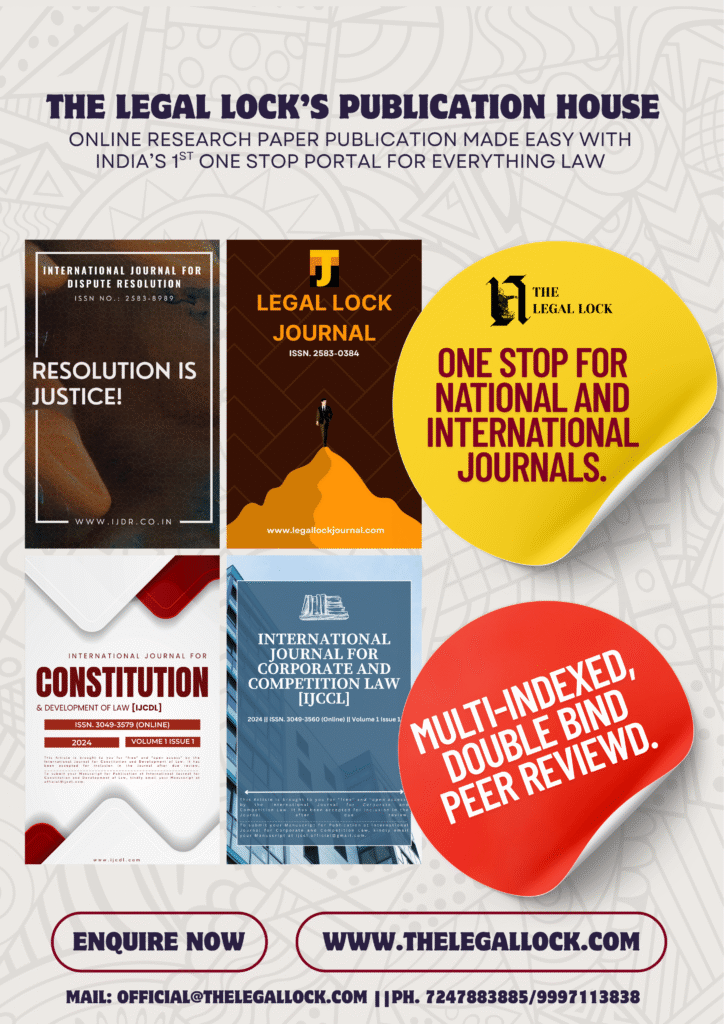Case Brief: J.K. Iron And Steel Co. Ltd., Kanpur vs The Iron And Steel Mazdoor Union

| CASE NAME | J.K. Iron And Steel Co. Ltd., Kanpur vs The Iron And Steel Mazdoor Union |
| CITATION | 1956 AIR 231 |
| COURT | The Supreme Court of India |
| BENCH | Justice Vivian Bose |
| PETITIONER | J.K. Iron And Steel Co. Ltd., Kanpur |
| RESPONDENTS | The Iron And Steel Mazdoor Union |
| DECIDED ON | Decided on December 9, 1997 |
INTRODUCTION
This case, which reached the Supreme Court via special leave appeals from the Labour Appellate Tribunal of India, concerns a significant industrial dispute between the “J.K. Iron and Steel Company Limited (the Company) and the Iron and Steel Mazdoor Union (the Mazdoor Union). The controversy revolved around the Company’s retrenchment of 128 workmen in May 1951. The Company justified the layoffs based on two primary reasons: the government-mandated relocation of its Jute Baling Hoops factory from Kanpur to Calcutta, and an erratic shortage of scrap iron that necessitated a reduction in furnace operations. While 25 laborers consented to receive their payments, 103 were against the retrenchment, and the Mazdoor Union contested it”.
The case was sent for adjudication under the “U.P. Industrial Disputes Act, 1947”, with the legal question being whether the retrenchment was unjustified and, if so, what relief the workmen were entitled to. The Adjudicator determined that the retrenchment was conducted in good faith, without harassment or victimization, and acknowledged a temporary shortage of scrap. The Adjudicator made a ruling based on Standing Orders that retrenchment was not permissible for a temporary shortness and that workmen should have been employed in Calcutta or retrenched in turn. The Labour Appellate Tribunal upheld the finding of a temporary scrap shortage, but in its interpretation of the Standing Orders, agreed that retrenchment could not be warranted due to temporary shortages and noted that the Company failed to specify which workers were surplus as a result of the factory transfer. The Tribunal deemed the retrenchment completely unjustified, ordered reinstatement, and considered the affected workmen as still in service.
The Company sought to appeal the Tribunal’s ruling through a writ petition in the High Court (which was denied) and is now appealing to the Supreme Court. This case critically examines the reach of industrial tribunals’ powers, questioning whether these powers can go beyond the pleadings and issues presented by the parties, interpret Standing Orders in ways that contradict established management discretion principles, and issue remedies—such as laying off in rotation—that were neither requested nor considered in the pleadings. Additionally, it addresses the interplay between statutory provisions, Standing Orders, and management’s inherent rights to manage an industry in a cost-effective and efficient manner, while adhering to the principles of good faith and avoiding victimisation.
FACTS
The conflict originated from the “retrenchment of 128 employees by J.K. Iron and Steel Company Limited on May 15, 1951. The Company provided two justifications: the mandatory relocation of its Jute Baling Hoops factory from Kanpur to Calcutta and a temporary scarcity of scrap iron, necessitating a reduction in furnace shifts. A notification was issued showing that services were not provided due to these reasons. While 25 laborers accepted the settlement, 103 did not, which led the Iron and Steel Mazdoor Union to claim that the retrenchment was unlawful and to request reinstatement along with back pay.
The Uttar Pradesh Government directed that the dispute be resolved by the Regional Conciliation Officer and asked whether the retrenchment of the listed workmen was justified and if they were due relief. The Company defended its action by citing the transfer and shortage of scrap, invoking management’s right to determine the size of its workforce for economic operation in good faith. The Union contested the good faith, denying the existence of a real shortage of scrap and highlighting that retrenchment occurred in departments that were allegedly not affected by the reasons given, indicating bad faith.
The Adjudicator deemed the retrenchment to be made in good faith and acknowledged a temporary shortage of scrap. However, when it came to interpreting the Standing Orders, he felt that retrenchment was unsuitable for transient shortfalls and that workmen should have been given employment in Calcutta or retrenched on a rotational basis. He oversaw this and remuneration. Both parties lodged appeals. The Labour Appellate Tribunal upheld the determination of a temporary shortage, but ruled that retrenchment was not suitable in this case. Moreover, it determined that sufficient evidence was lacking to show that the retrenched workers were specifically transferred from the Hoop Mill to Calcutta”. The Tribunal deemed the retrenchment entirely unwarranted and ordered reinstatement. After the High Court rejected its writ petition, the Company contested this ruling in the Supreme Court.
ISSUE RAISED
- What are the scope and limits of an Industrial Adjudicator’s and Labour Appellate Tribunal’s jurisdiction when resolving an industrial dispute referred to them under the “Industrial Disputes Act, 1947”, particularly regarding their ability to go beyond the pleadings and issues presented by the parties?
- Whether Industrial Tribunals can disregard or supersede any of the management’s established rights to determine the size of its workforce and manage its operations, as long as there is no evidence of bad faith, victimization, or unfair labor practices when interpreting Standing Orders or applying industrial law principles.
- Given the circumstances of this case, did the Adjudicator and the Labour Appellate Tribunal err in their conclusion that the retrenchment could not be justified due to the temporary nature of the scrap shortage and the lack of conclusive evidence linking the retrenched workers to the transferring department, especially considering that the Company had argued for departmental interdependence?
- Whether the Adjudicator and the Labour Appellate Tribunal made mistakes regarding their jurisdiction by directing relief (such as laying off in rotation) that was not requested in the pleadings or that contradicted the principles they acknowledged regarding managerial discretion, effectively acting as “benevolent despots”.
PETITIONER’S ARGUMENTS
The appellant, “J.K. Iron and Steel Company Limited, argued that the Industrial Adjudicator and the Labour Appellate Tribunal exceeded their jurisdiction and erred in law by canceling the retrenchment of workers. The Company contended that its decision to retrench was a bona fide exercise of managerial judgment, compelled by the government’s directive to move the Hoop Mill to Calcutta and a temporary but significant shortage of scrap iron, which reduced the need for a full workforce.
The Company argued that the Adjudicator and the Tribunal failed to understand that retrenchment was crucial for the business’s economic and efficient operation, a management prerogative subject only to checks for bad faith, victimization, or unfair labor practice”. They emphasized that the Adjudicator had determined the retrenchment to be in good faith and not an act of victimization, and that the Union’s pleadings did not contest management’s authority to determine its workforce level.
A key argument was that the Tribunals misinterpreted the Standing Orders, particularly Standing Order 16(a) concerning lay-off, to suggest that retrenchment was permissible only if lay-off was, regardless of the shortage’s nature or duration and its effects on the Company’s economy. The Company contended that retrenchment is a valid approach for removing surplus labour. Its justification should be assessed generally in relation to its impact on the entire business, considering the interdependence of departments, rather than strictly based on the duration of a shortage or departmental assignments.
Moreover, the Company argued that the Tribunals exceeded their jurisdiction concerning the reference and pleadings by granting remedies such as rotating workmen off. The Union did not request this relief in its complaint or written statement, and it was not part of the dispute from the Company’s defense. It was shown that the Tribunals exceeded their guidelines and acted arbitrarily and as “benevolent despots” by directing such a remedy, which could potentially affect workmen not involved in the dispute, thereby disregarding the established procedure of issue definition based on the pleadings and restricting their adjudication to those issues. The Company asserted that the Tribunal’s finding of no evidence linking the retrenched workers specifically to the Hoop Mill transfer disregarded the Company’s account concerning the interdependence of its operations.
RESPONDENT’S ARGUMENTS
“The Iron and Steel Mazdoor Union, representing the laid-off workers, argued in support of the Labour Appellate Tribunal’s decision deeming the retrenchment unfair and affirming the workers’ right to reinstatement. The Union’s primary argument, as evident from the earlier proceedings, was that the retrenchment lacked good faith and was unlawful.
The Union argued that the Company’s reasons for retrenchment, namely the relocation of the Hoop Mill and the shortage of scrap, were not sufficient or made in good faith. As evidence of the Company’s bad faith, they pointed to the absence of retrenchments in the Hoop Department and in other departments that have been directly affected by a real shortage of scrap. The retrenchment was claimed to be a pretext for an unfair reduction of the workforce”.
Furthermore, the Union upheld the Tribunal’s and Adjudicator’s use of the situs in relation to the Standing Orders, arguing that these orders implied that retrenchment should only be considered when other options, like lay-off, had been exhausted. They contended that a temporary shortage of material, as determined by both the Adjudicator and the Tribunal, justified lay-off over principal termination in the form of retrenchment. Regarding the transfer of the Hoop Mill, the Union argued that the Company failed to demonstrate a causal link between the transfer and the specific workmen who were laid off. They argued that without proof that these particular workers became redundant because of the transfer, the transfer could not solely justify their retrenchment.
The Union argued that the Tribunal and Adjudicator had the authority to grant necessary relief to the workmen if the retrenchment was deemed unjustified. Even if the exact relief of rotatory lay-off was not explicitly pleaded, it was argued that the Tribunals, possessing wide-ranging powers of industrial adjudication, could tailor the relief to align with the aims of industrial justice, and that after a declaration of retrenchment as illegal or unjustified, commanding reinstatement or a substitute such as lay-off fell within their jurisdiction. They contended that the Supreme Court cannot easily interfere with the Tribunal’s finding of fact, which is in line with the evidence and the interpretation of Standing Orders.
JUDGEMENT
The Supreme Court examined the scope of authority of industrial tribunals as defined by the Industrial Disputes Act. It determined that while tribunals are not strictly bound by precedent law, they must operate within the limits of statutory parameters and follow procedures, including shaping issues based on pleadings. The Court determined that the Adjudicator and Tribunal erred in exceeding the pleadings and misinterpreting Standing Orders, particularly in their declaration that retrenchment is improper for temporary shortages regardless of economic impact.
The Court determined that the justification for retrenchment is based on business impact rather than temporary shortages or specific departmental relationships, especially given the interdependence of departments. It was determined to be a jurisdictional error to require relief not sought in the pleadings (laid-off rotation), which characterized tribunals as operating as “benevolent despots” over irrelevant considerations. The Court, having identified the real issues that were not pleaded, reserved the award and the Tribunal’s order. It sent the case back for re-hearing to formulate issues based on pleadings and make rulings accordingly, allowing additional evidence if necessary.
CONCLUSION
The Supreme Court’s ruling in this case clarifies the limits of Industrial Tribunals’ powers. While they wield extensive authority, their actions are not capricious; they are required to uphold procedural fairness, including the formulation of issues based on pleadings. The Court dismissed the tribunals as “benevolent despots,” emphasizing that decisions should be based on relevant facts and law rather than personal beliefs, especially when it comes to overriding established managerial rights necessary for efficient and bona fide business conduct. The ruling affirms management’s right to retrench, provided it meets tests against bad faith; however, tribunals cannot substitute business judgment. It also guides the understanding of Standing Orders by asserting that temporary shortages do not automatically rule out retrenchment; the economic viability prevails.
The decision underscores the importance of considering the entire industry context, including departmental interdependence. The Court, by referring the matter for a new determination of properly articulated issues, ensured that the actual dispute was settled and that industrial adjudication remained just and targeted.








